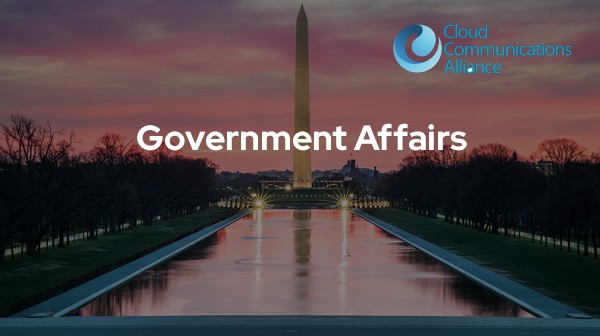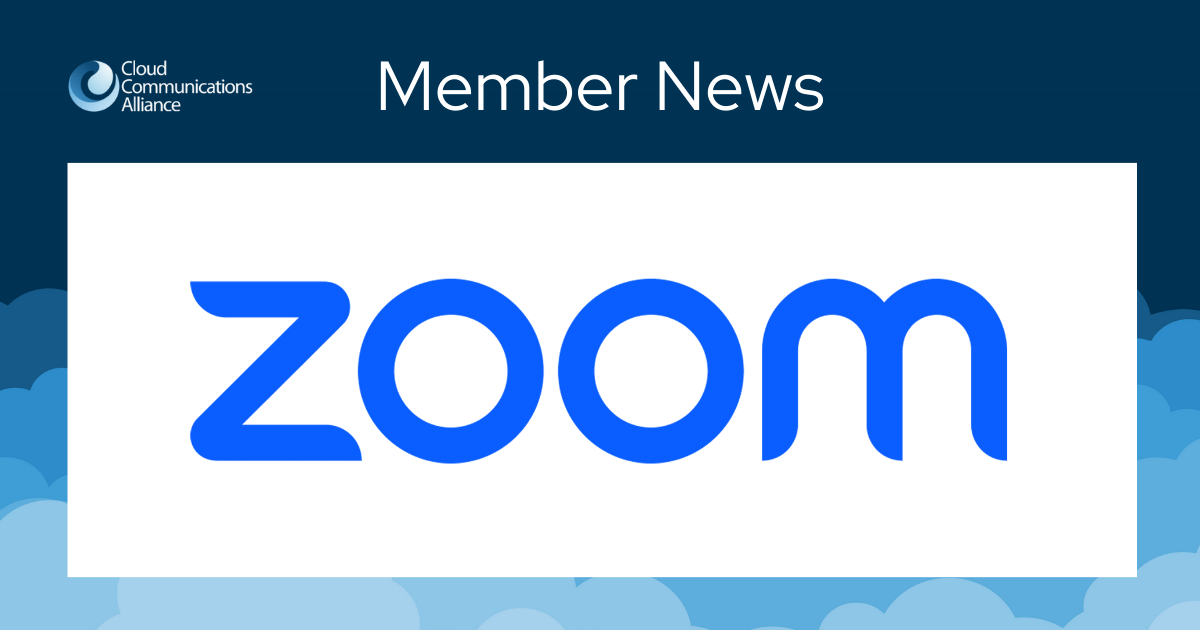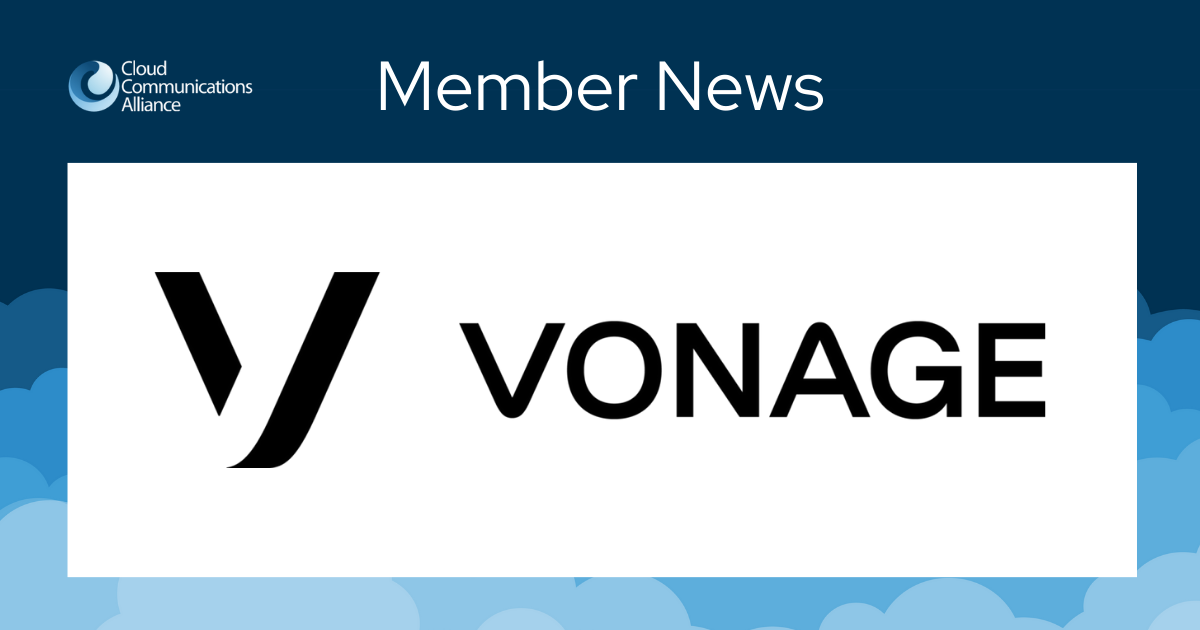TELE-TECH TALK: Impact of the California PUC Rulemaking and Other “Thorny” Issues Impacting Future Regulation of VOIP Services in the U.S.

Introduction
In the rapidly evolving landscape of telecommunications, the recent actions by the California Public Utilities Commission (CPUC) serve as a critical focal point for understanding the shifting regulatory framework impacting interconnected Voice-Over-Internet Protocol (VOIP) service providers. With its mandatory data request targeting entities within the VOIP sector, the CPUC signals its goals of clarifying and potentially reshaping the classification and regulatory responsibilities of various VOIP services in California. This move, an apparent offshoot of an ongoing rulemaking process, signals a broader shift towards more stringent oversight by governmental bodies across the nation, with significant implications for companies traditionally operating under lighter regulatory frameworks. As a bellwether state, if the California domino falls it may well trigger a cascade of increased regulatory impositions on VOIP providers in other states.
Meanwhile, the broader discussion on interconnected VOIP regulation across the United States reflects a pivotal moment for the industry. As regulatory bodies grapple with the need for consumer protection and service reliability amidst technological advancements, VOIP providers face the prospect of increased regulatory burdens that approach those of traditional telecommunications services, without the accompanying benefits; critically, the exclusive jurisdiction of the Federal Communications Commission (FCC). This article, authored by Jonathan Marashlian and presented by Marashlian & Donahue, PLLC, delves into these acute impacts and the future of VOIP regulation, offering a critical analysis aimed at sparking thoughtful dialogue within the industry.
California Set to Overhaul State Regulatory Approach for VoIP Services
The CPUC’s recent mandatory data request has significant implications for companies that have historically operated under the “nomadic, interconnected VOIP service provider” designation. The data request appears to be part of an effort by the CPUC to clarify, and possibly redefine, the regulatory framework applicable to different “flavors” of VOIP (linked to the on-going Rulemaking in R.22-08-008). In particular, the data request focuses on how “limited facilities-based VOIP” providers are identified and distinguished from “nomadic VOIP,” “pure resellers of VOIP,” and “facilities-based VOIP” and the subsequent regulatory obligations entities fulfilling each of these different “VOIP Classifications” might face in the future. Following is an explanation of the potential outcomes and consequences should the CPUC proceed with broadly defining “limited facilities-based VOIP” to include VOIP providers that own or control even the slightest infrastructure used in the provision of service to consumers:
- Reclassification Risk: Companies previously identifying as nomadic VOIP service providers or pure resellers may find themselves reclassified as “limited facilities-based” providers if they own or control any infrastructure or assets used to deliver VOIP services. This may include facilities that go well beyond what is typically thought of as “telephone service infrastructure,” such as the software, platforms, or servers necessary for VOIP service provision. Early indications of CPUC staff’s interpretation of “limited facilities-based” suggests that owning or even just controlling any part of the service infrastructure could lead to classification as, at a minimum, limited facilities-based, thus potentially subjecting these entities to more stringent regulatory oversight (as explained below).
- Narrow Window for Resellers and Nomadic Providers: The CPUC’s definitions may leave very little room for companies to qualify for the lighter regulatory treatment traditionally afforded to nomadic VOIP providers and pure resellers. It is quite possible that the only providers qualifying for the lightest touch regulation in California would be the Managed Service Providers (MSPs) and other channel partners that exclusively resell another company’s platform without owning or controlling any service infrastructure whatsoever. This narrow exemption underscores the CPUC’s intention to subject a much broader swath of VOIP providers to a greater array of regulation that has historically been reserved for traditional telecommunications common carriers, such as Local Exchange and switched, TDM-based Long Distance providers.
- Consequences of Being Classified as “Limited Facilities-Based”;
- Treatment as a Telephone Corporation: Entities classified as limited facilities-based (or even full facilities-based) VOIP providers will likely be considered “telephone corporations” under California’s Public Utilities Code. This classification would bring about significant regulatory responsibilities, including compliance with the California Telephone Corporation Billing Rules, adherence to transfer of control notice or approval requirements, and other regulatory burdens akin to those applied to traditional telecommunication service providers.
- Licensing and Bond Requirements: Limited facilities-based VOIP providers will likely need to file a Certificate of Public Convenience and Necessity (CPCN) application and may be required to post and maintain a performance bond ($25,000 or potentially greater). This process is more complex and costly compared to the simplified registration previously available for any company self-identified as a “nomadic VOIP” provider.
- Broader Regulatory Obligations: These providers would face regulations similar to, if not identical to, those historically applied to traditional Local Exchange and Long Distance service providers, including various consumer protection and operational standards.
- Potential Broader Implications: The CPUC’s action and the possible redefinition of VOIP service categories could set a precedent for other states to follow. This could lead to a proliferation of traditional utility-style common carrier regulations being extended to VOIP service providers across the U.S., increasing regulatory burdens without extending the protections and immunities enjoyed by other common carriers.
- Impact on Regulatory Landscape: The approach being taken by the CPUC, emphasizing stricter regulation of VOIP services, reflects a broader trend of regulatory bodies seeking to ensure consumer protection and service reliability within the rapidly evolving telecommunications sector. VOIP providers, especially those classified as “limited facilities-based,” may face nearly all the regulatory burdens of Title II common carrier regulation without the corresponding benefits.
While the immediate intent of this article is to shed light on the potential outcomes of the CPUC’s ongoing rulemaking efforts, as underscored by its recent mandatory data request, the broader narrative encapsulated within these developments points toward a pivotal juncture for the entire VOIP service provider industry. The landscape of regulatory obligations for VOIP services has, over the past two decades since the issuance of the FCC’s landmark Pulver Order, undergone a significant transformation. This evolution has seen a gradual but steady increase in the regulatory demands placed upon VOIP providers, to a point where these obligations now mirror, and in some cases exceed, those associated with Title II of the Communications Act, which were traditionally applied to conventional telecommunications carriers. This escalation in regulatory oversight signifies a moment of recalibration for the industry, prompting a reassessment of the foundational principles that govern the regulatory distinctions between different types of service providers.
Bridging the Gap: Understanding the Complexities of Regulatory Classification
In transitioning to a broader examination of the regulatory landscape, it becomes imperative to delve into the nuances that distinguish common carriers from non-common carriers, a distinction that is central to navigating the regulatory frameworks established by the FCC and the Federal Trade Commission (FTC). This differentiation is not merely academic but plays a critical role in shaping the operational and regulatory realities for service providers in the rapidly evolving realm of digital communications. By understanding these classifications, stakeholders can better appreciate the complexities and potential regulatory exposures that emerge as the industry continues to evolve. This contextual foundation is essential for comprehensively assessing the implications of regulatory changes and their impact on the future of telecommunications and internet services in the United States.
(Almost) All the Burdens of Common Carrier Regulation, But None of the Benefits
The distinction between common carriers and non-common carriers, particularly in the context of the Federal Communications Commission (FCC) and Federal Trade Commission (FTC) jurisdiction, is foundational to understanding the regulatory landscape of telecommunications and internet services in the United States. This differentiation also sheds light on the potential regulatory exposures for service providers, especially in the evolving digital communications environment.
- Common Carriers: Definition and FCC Jurisdiction: Common carriers are entities that provide telecommunications services to the public under standard terms and conditions. Under the Communications Act of 1934, as amended, common carriers are subject to the exclusive jurisdiction of the FCC. This regulatory oversight includes obligations related to service provision, pricing, and practices, ensuring they are just, reasonable, and non-discriminatory. The classification of services as telecommunications under Title II of the Communications Act subjects them to this strict regulatory framework, which includes various consumer protections, privacy standards, and access requirements.
- Non-Common Carriers: Broader Regulatory Exposure: Non-common carriers, by contrast, are not bound by the same Title II obligations and do not fall under the FCC’s exclusive jurisdiction in the same manner as common carriers. This category can include VOIP service providers, depending on how they are classified, and broadband internet access services. Non-common carriers are generally subject to the jurisdiction of the FTC and, crucially, the consumer protection laws of the 50 states, thereby also coming under the purview of the State Attorneys General.
The differentiation in jurisdiction means that non-common carriers may face a patchwork of state-level regulations and enforcement actions, in addition to federal oversight by the FTC. This exposure is significantly broader than that of common carriers, which benefit from a more uniform regulatory framework under the FCC’s auspices.
State Attorneys General play a critical role in enforcing consumer protection laws and have been particularly active in areas where consumers are at risk, such as illegal robocalls and deceptive practices. Their jurisdiction allows them to pursue actions against entities that harm consumers within their states, offering a layer of protection that complements federal oversight.
In the context of the FCC’s Notice of Proposed Rulemaking (NPRM) regarding the classification of broadband internet access service as a telecommunications service under Title II, 45 State Attorneys General submitted reply comments seeking clarification. Their concern was not to support or oppose the proposals per se but to ensure that any reclassification does not inadvertently affect or alter the regulatory treatment of VOIP service providers, particularly concerning their role in transmitting illegal robocalls.
The State AGs’ request for clarification underscores the delicate balance between federal regulatory objectives, such as safeguarding the open internet and the broader regulatory landscape that includes state-level consumer protection efforts. Their unified stance against entities exploiting telecommunications for illegal activities illustrates the critical role they play in consumer protection, beyond the direct regulatory frameworks established by federal agencies like the FCC and FTC.
Additionally, the FTC recently imposed a highly controversial, comprehensive nationwide employment non-compete ban on all businesses within its jurisdiction. With a narrow senior executive exception, this ban protects not only employees but also contractors of non-common carriers.
In summary, the distinction between common and non-common carriers is pivotal in understanding the regulatory exposures and obligations of telecommunications and internet service providers. This differentiation affects not only the scope of federal regulation but also the extent to which state-level consumer protection laws and enforcement actions may apply, highlighting the intricate interplay between various regulatory bodies and jurisdictions in the United States’ telecommunications landscape.
Recap, Regroup, and Refocus on the Future Regulatory Landscape
As discussed in the first part of this Article, we advise VOIP providers to pay close attention to the CPUC’s mandatory data request and be on alert for developments in the on-going rulemaking proceeding, which could significantly alter the regulatory framework for VOIP service providers in California (and, in time, elsewhere). Companies operating in this space should closely monitor developments and consider consulting with legal counsel to navigate the evolving regulatory environment and assess the implications of potential reclassification on their operations.
And as intimated in the second part, we invite our clients and the industry, writ large, to take stock of what has transpired in the regulation of VOIP services over the course of the past 20 years. While no one, especially our firm, suggests that VOIP services should be subject to Title II common carrier regulations, the reality is that nearly all material and impactful Title II regulations (and more) have already been extended to VOIP. All that remains are largely embodied in the FCC’s Sections 201 and 202 (prohibitions on unreasonable and discriminatory practices) and transfer of control regulations. Yet VOIP providers do not enjoy any of the benefits of common carrier regulation and are increasingly finding themselves in the crosshairs of the FTC, 50 state Attorneys General, and the plaintiff’s bar, whereas their common carrier brethren bask protections afforded by the FCC’s exclusive jurisdiction. The briar patch is still a scary place, for sure, but maybe it’s time to start asking the Brer Rabbit if he prefers being thrown into the briar patch over being eaten by the fox!
*DISCLAIMER: The views and opinions expressed in this Article are solely those of the author, Jonathan Marashlian, and do not necessarily reflect the official policy or position of our law firm; Mr. Marashlian and Marashlian & Donahue, PLLC support a free-market based and light touch regulatory approach to VOIP and other emerging communications technologies; this Article is intended for informational purposes and aims to provoke thoughtful discussion on the subject.


